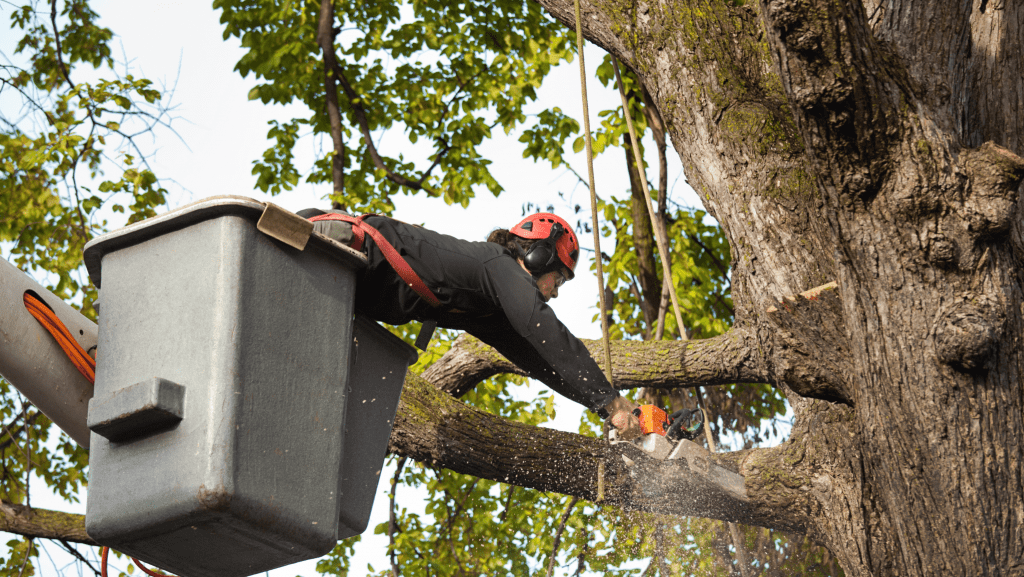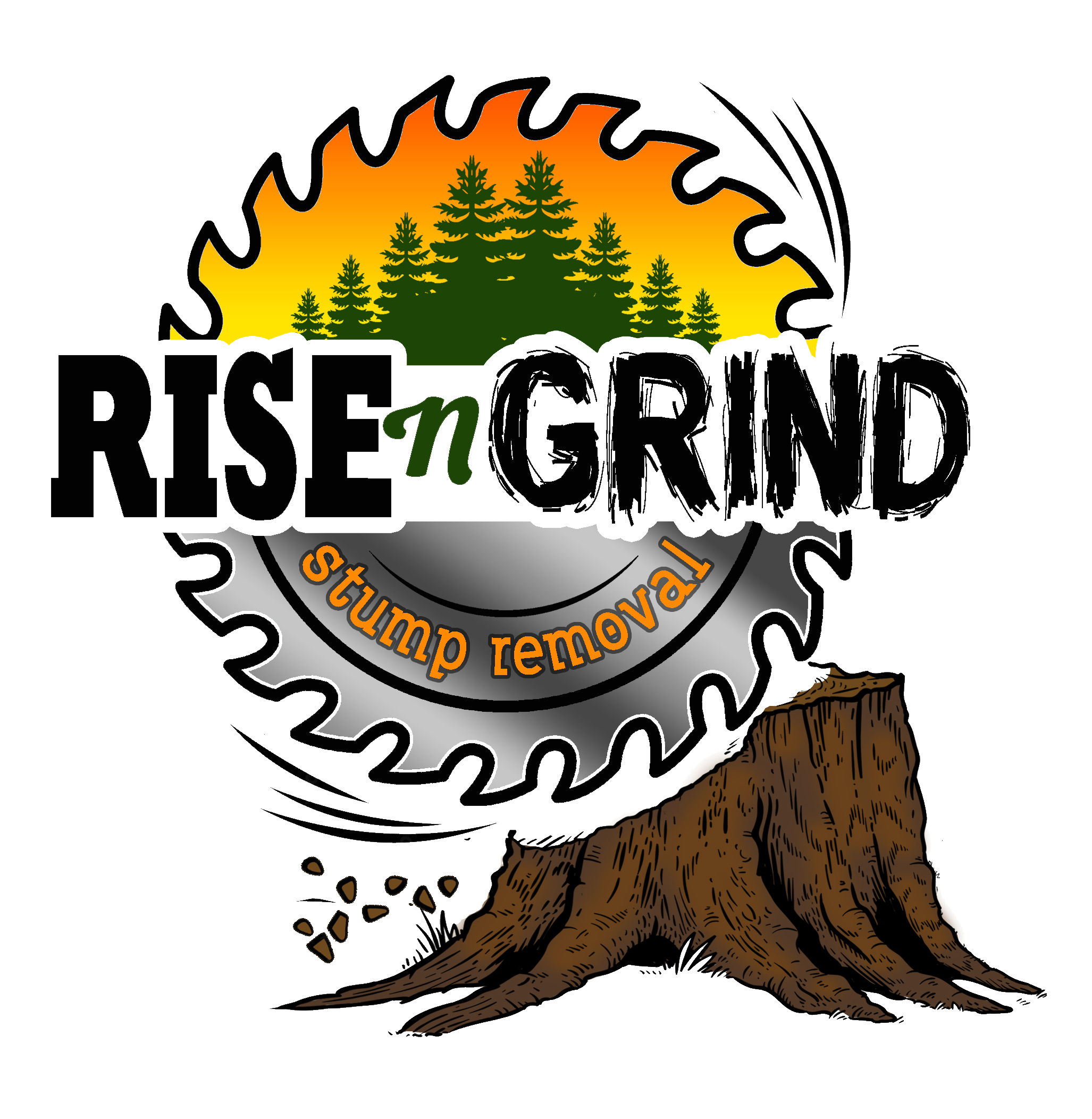Trees are more than just beautiful additions to our landscapes; they are vital contributors to the environment and our well-being. To ensure their health and longevity, proper tree care is essential, and one of the most fundamental aspects of tree maintenance is trimming and pruning. In this comprehensive guide, we’ll delve into the art and science of how to trim and prune trees as well as explore the great benefits that accompany Whether you’re a seasoned arborist or a novice homeowner looking to enhance your tree’s vitality, this article will equip you with the knowledge and skills to trim and prune your trees effectively.

Why Trim and Prune Trees?
- Pruning Promotes Tree Health
Trimming and pruning are like a rejuvenating spa day for your trees. By selectively removing dead, diseased, or overgrown branches, you enable your tree to redirect its energy to healthy growth and vital processes. This encourages the development of new leaves, flowers, and fruit, contributing to the overall well-being of the tree.
- Trimming Trees Enhances Their Aesthetic Appeal
A well-pruned tree is a sight to behold. Trimming and shaping trees not only improve their appearance but also add value to your property. Pruning helps maintain a balanced and aesthetically pleasing tree structure, making your landscape more inviting and visually appealing.
- Pruning Trees Increases Safety
Overgrown branches can pose significant safety hazards, especially during storms or high winds. Trim and prune trees to remove these potential dangers, and reduce the risk of falling limbs that could damage property or injure people. Regular pruning also helps create a safer environment by ensuring trees don’t obstruct pathways or obstruct visibility.
- Disease Spread Can Be Prevented With Proper Tree Pruning
Diseased or infested branches can quickly compromise the health of an entire tree. Trimming these affected branches not only stops the spread of disease but also prevents it from reaching other nearby trees. Pruning is an essential measure for protecting your entire landscape from potential contagions.
When to Trim and Prune Trees
Timing is crucial when it comes to trimming and pruning your trees. Of course, the best time to undertake these tasks depends on the type of tree and your specific goals.
Spring Tree Trimming
Spring is an ideal time for general maintenance and aesthetic pruning. As trees begin to bud, it’s easier to identify dead or damaged branches. This season is perfect for enhancing the tree’s shape and removing any overgrown or overcrowded branches.
Summer Tree Trimming
Summer pruning is best reserved for minor touch-ups and deadwood removal. Avoid heavy pruning during hot summer months to prevent stress on the tree. Removing diseased branches at this time can help contain the spread of illness.
Fall Tree Pruning
Fall is excellent for structural pruning, especially for young trees. Removing weak or competing branches allows the tree to focus on root development over the winter months. Late fall is also a suitable time for the removal of deadwood.
Winter Tree Pruning
Winter, when trees are dormant, is an optimal time for major pruning tasks. Without leaves, it’s easier to assess the tree’s structure and make precise cuts. However, avoid pruning when temperatures are extremely low to prevent frost damage.
How to Trim and Prune Trees
-
Gather The Correct Tools For Tree Pruning
Before you begin, ensure you have the necessary tools to trim and prune your trees.
- Pruning shears (hand pruners)
- Loppers (for larger branches)
- Pruning saw (for thicker branches)
- Pole pruner (for high branches)
- Safety gear (gloves, safety glasses, helmet, and appropriate clothing)
- Identify the Branches to Trim
2. Identify the tree branches that need trimming.
- Dead or diseased branches (they may be discolored, brittle, or hollow)
- Crossed branches that rub against each other
- Overcrowded branches that block sunlight and airflow
- Water sprouts (vigorous, vertical growth from branches)
- Branches that pose safety hazards or obstruct structures
3. Make The Proper Cuts When Trimming Trees
It is important to trim and prune trees using the right tool for the job.
- Smaller branches, use pruning shears or loppers, making clean cuts just above a healthy bud or lateral branch.
- Larger branches, use a pruning saw and follow the three-cut method:
a.Make a shallow undercut on the bottom of the branch, a few inches from the trunk, to prevent bark from tearing when the branch falls.
b.Make a top cut slightly farther out from the undercut, allowing the branch to fall.
c.Make a final cut just outside the branch collar (the swollen area where the branch meets the trunk).
4.Maintain Proper Tree Structure When Pruning Trees
When shaping the tree, aim to maintain its natural form. Avoid over-pruning, which can stress the tree and make it more susceptible to disease. Focus on maintaining a balanced canopy and removing only what is necessary.
5. Clean Up After Trimming And Pruning Trees
After trimming and pruning, gather and dispose of the cut branches properly. Pruning debris can be used as mulch or compost if it is disease-free.
Trim and Prune Trees For These Outstanding Benefits
- Pruning Improves Tree Health
Trim and prune trees to promote vigorous growth. Instead of wasting precious resources, nutrients are redirected to only healthy branches and foliage. This leads to a stronger, more resilient trees that can better withstand environmental stressors and pests.
-
Structural Tree Pruning Enhances Safety
Removing dead or weak branches reduces the risk of falling limbs, making your outdoor space safer for you, your family, and your property. Trimming also prevents branches from obstructing walkways, driveways, or power lines.
-
Trimming Trees Increases Aesthetic Appeal
Well-pruned trees not only add value to your property but also contribute to the overall beauty of your landscape. A properly shaped tree enhances the visual appeal of your outdoor space.
-
Trimming Trees Can Limit Disease Spread
Regular trimming and pruning help prevent the spread of diseases by removing infected branches promptly. This protects not only the pruned tree but also nearby trees and plants.
-
Pruning Increases Fruit Production
Fruit-bearing trees benefit from proper pruning, which allows sunlight and airflow to reach the fruit-bearing branches. This, in turn, results in improved fruit quality and higher yields.
Tree Trimming & Pruning in Central Florida
Trimming and pruning are essential practices for maintaining the health, safety, and beauty of your trees. By following the guidelines outlined in this article, you can confidently take on tree care tasks and enjoy the many benefits they offer. Remember that if you ever feel unsure or are dealing with larger or more complex trees, it’s wise to consult with a professional tree care company such as Rise N Grind, who can provide expert advice and ensure your trees thrive for generations to come. To request a free estimate for your tree service contact us today.

